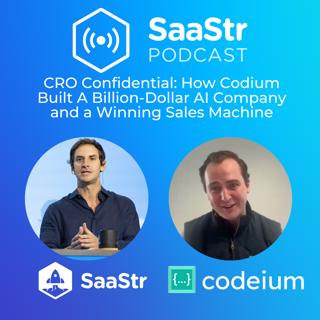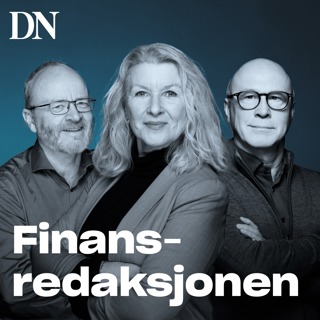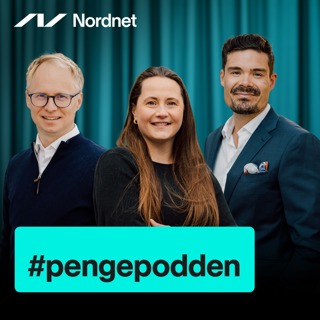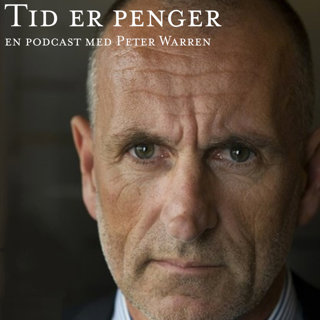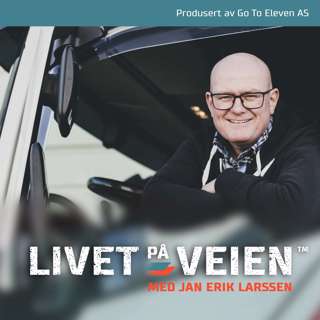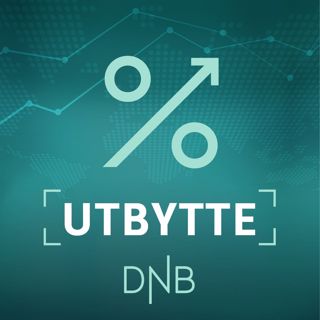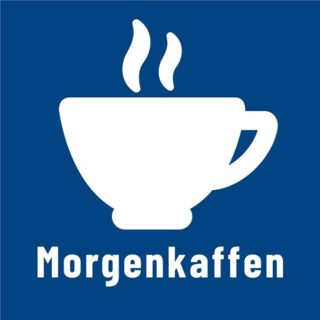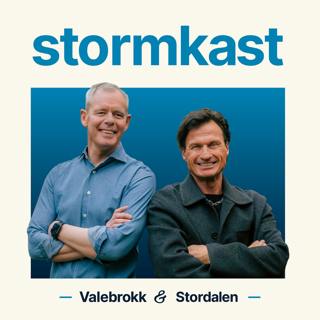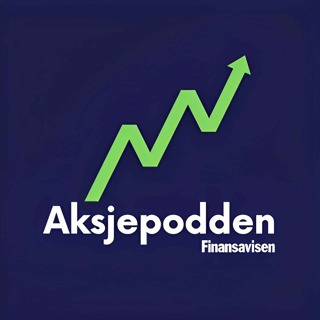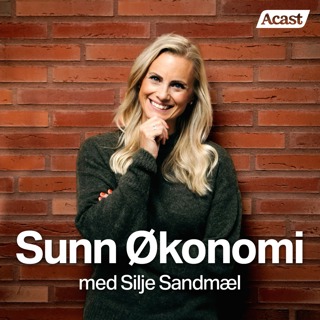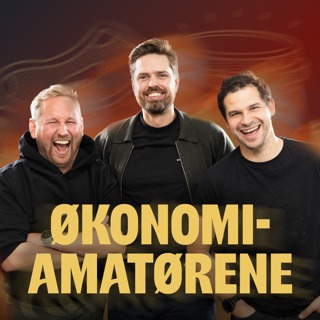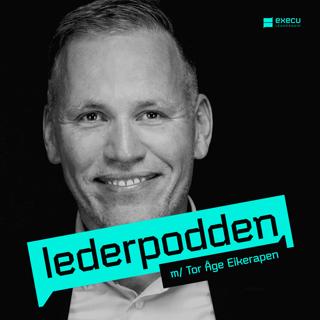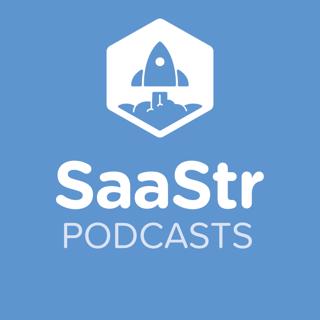
SaaStr 046: Predictable Revenue’s Aaron Ross on The Importance of Sales Specialisation and How Companies Scale Into Hyper-Growth mode?
Aaron Ross is the author of the best selling book, Predictable Revenue, providing the framework for the outbound process & sales team Aaron created for Salesforce.com. During his time at Salesforce as Director of Corporate Development and Acquisitions, he added an extra $100 million in revenue in just a few years. In today’s show we discuss his and Jason Lemkin’s fantastic new book, From Impossible To Inevitable, which outlines how hyper growth companies create predictable revenue? If you are a founder asking why aren’t we growing faster, how do we go into hyper-growth mode and then how do you sustain growth then this book really is for you. In Today’s Episode with Aaron You Will Learn: How did Aaron enter the world of SaaS and come to be a Senior Director @ Salesforce? What were his biggest takeaways from seeing Salesforce scale into hypergrowth mode? WHat does Aaron mean by saying ‘nail a niche’? Does this mean go small? How much of a role does iteration play in this process? How does Aaron assess product market fit? How do you really know when you have that focus? Are there any clear signs that suggest you have achieved product market fit? Aaron has said before “people at the company will always be busy. they just might not be busy on the right things”? How important is sales specialisation? At what point does the original generalist sales team fragment into specialised elements? What are Aaron’s thoughts on ownership and how you ensure that a sense of ownership is instilled upon the team to enhance productivity? I have never heard a Founder on the show before saying ‘my team is just achieving too much!’. If you would like to find out more about the show and the guests presented you can follow us on Twitter here: Jason Lemkin Harry Stebbings Saastr Aaron Ross
8 Aug 201623min

SaaStr 045: Atlassian President, Jay Simons on The Inside Story Behind Atlassian's $5bn IPO
As VP of Sales and Marketing at Atlassian for three years before becoming President, Jay Simons has a broad perspective on what it takes to build a successful company. Sometimes, ignoring conventional wisdom is what will differentiate you from the competition. Bootstrapping from day one, launching and supporting multiple products, and doing it all without traditional Sales team - Atlassian's approach (and wild success) has always been a curious anomaly in SaaS. After 13 years of being an exception to every rule, Atlassian went public in late 2015 with a total market capitalization of $4.37B at the time of the IPO. In this session, Jay answers our burning questions: 1.) Why does Jay believe in most cases the best run companies are public companies? What does being public bring to the organizational structure of a firm? 2.) How important is it for early stage startups to have board members and outside perspectives? How should they select those inputs? 3.) How important a role does customer support and success play in the conversion of customers from trial to paid versions? 4.) How does Jay focus on 4 products with such a differentiated suite of products? Does this not contradict the often cited fundamental, focus. If you would like to find out more about the show and the guests presented, you can follow us on Twitter here: Jason Lemkin Harry Stebbings SaaStr
5 Aug 201629min

SaaStr 044: Mattermark's Andy Sparks on How To Hire, Train & Incentivise Your Sales Team
Andy Sparks is the Co-Founder and Head of Sales @ Mattermark. He was previously the Technology Editor at Referly before the company pivoted to become Mattermark. Andy joined the Referly team via an acqui-hire of his company, LaunchGram, by Referly in February of 2013. Now I am going to leave the bio there as Andy does a much better job of it in the show than I do! In Today’s Episode You Will Learn: How Andy came to be a 1st time Head of Sales with Mattermark? What are the requirements for stretch VPs to be successful? How can Head of Sales clearly and efficiently communicate with their reps? What are the 3 things all sales reps have to be trained on? What are the must haves when looking at sales reps? Are there different types of reps for different stages in the business? How to effectively establish a compensation structure for your sales team that is incentivising to them and to the company? If you would like to find out more about the show and the guests presented you can follow us on Twitter here: Jason Lemkin Harry Stebbings Saastr Andy Sparks
1 Aug 201626min

SaaStr 043: Why You Should Focus More On Upsell Than Customer Acquisition & Forget The MBA, Take A Psychology Degree with Kirsten Helvey, COO @ Cornerstone On Demand
Today we bring you one of the highlights from SaaStr Annual 2016 with Jason Lemkin talking to Kirsten Helvey, COO of Cornerstone Ondemand, a cloud-based learning and talent management solutions provider. in the episode Kirsten discusses her 11 years of experience with rising up in the ranks from employee #30 to her current position in the company, which is now 1500-strong, it is a phenomenal scaling story and so many insights nuggets of wisdom from Kirsten here. In Today’s Episode You Will Learn: Why you should always be thinking about building, no matter the scale? Why we should all stop talking about company culture? Why you should forget the MBA and take a psychology degree? How to give direct and consistent feedback with employees in order to get the most out of them? Why we should focus more on upsell and less on customer acquisition? How to build, integrate and scale a customer success team into a 1,500 person organisation? You can follow us on Twitter here: Jason Lemkin Harry Stebbings SaaStr Kirsten Helvey
29 Jul 201629min

SaaStr 042: Why Now Is The Time For Aggressive Growth & Monetisation Models Are The Most Exciting Element Of The Consumerisation Of SaaS with David Yuan, General Partner @ TCV
David Yuan is a General Partner at Technology Crossover Ventures, where he has enjoyed no less than 4 IPOs and 5 acquisitions. Some of David’s investments include the likes of Facebook, Linkedin, Exact Target (acq by Salesforce), Splunk and many more incredible companies. He also sits on the board at Act On, App Nexus, Merkle and Site Minder and is an advisor to Pinterest. Pior to TCV, David had stints at JP Morgan and Bain & Company. In Today’s Episode with David You Will Learn: How did David make his way into the investing world in 2000? How has David seen the evolution of SaaS revenue multiples over the last decade? How can VCs balance the drive for profitability with their need for big wins over a short 5-7 year investment cycle? How does David approach investing cadence in correlation to market cycles? Does his strategy alter according to down-turns and booms? Why does David find the monetisation models of the consumerisation of SaaS to be the most exciting? Does David agree that the original hires might not be the hires as the stages progress? How can founders transition them out without a lack of respect and gratitude? If you would like to find out more about the show and the guests presented you can follow us on Twitter here: Jason Lemkin Harry Stebbings Saastr David Yuan
25 Jul 201625min

SaaStr 041: Hubspot's Dharmesh Shah on
Today we bring you a highlight from SaaStr Annual 2016 featuring a conversation between Hubspot's Dharmesh Shah and SaaStr's own Jason Lemkin. Prior to founding HubSpot in 2006, Dharmesh was founder and CEO of Pyramid Digital Solutions, which was acquired by SunGard Data Systems in 2005. In addition to co-authoring “Inbound Marketing: Get Found Using Google, Social Media and Blogs”,Dharmesh published HubSpot’s Culture Code, which has garnered over 2.5 million views on SlideShare. Named an Inc. Founders 40 in 2016, he is an active member of the Boston-area entrepreneurial community, an angel investor in over 60 startups, and a frequent speaker on startups and inbound marketing. In Today's Episode wth Dharmesh You Will Learn: What were the biggest growth catalysts in the scaling of Hubspot from Day 1 to IPO? What were the biggest mistakes made and lessons learnt by Dharmesh and the team throughout the journey? How does Dharmesh think about churn? How does he define pre-churn? What is the customer happiness index and how can it be implemented? How can founders inform prospects their product is a must have not a nice to have? Why has the SMB space been so difficult for so long? Why is that changing now? Why Dharmesh and Hubspot focus on consumer behaviour not consumer feedback? If you would like to find out more about the show and the guests presented you can follow us on Twitter here: Jason Lemkin Harry Stebbings Saastr Dharmesh Shah
22 Jul 201629min

SaaStr 040: Gainsight's Allison Pickens on Scaling Your Customer Success Team, Managing Churn and Segmenting Your Customer Base
Allison Pickens carries the customer success torch as the VP of Customer Success & Business Operations at the category leaders, Gainsight. Allison’s organization @ Gainsight includes all post-sales functions: CSMs, Support, Onboarding, Services, and Operations. Prior to Gainsight, she started her career in management consulting for Fortune 500 companies while at Boston Consulting Group and later worked in private equity investing at Bain Capital. Allison decided that she couldn’t pass up the opportunity to work at Gainsight when Bain Capital led the Series B. In Today’s Episode With Allison You Will Learn: 1.) So let’s start with managing customer churn and I think the first and most important thing is assessing what is regrettable vs non-regrettable. How do you approach this? What is the internal post mortem? How do you identify why they churned? Is there a blame game that follows? How do you instill ramifications but not fear? How do you then look to fix the original problem that caused the churn? 2.) To do the above we need to have a great customer success team so iw ant to talk about the process of building this out and with CS being a new category this is an aspect a lot of founders are addressing at this time. So starting with the obvious? When do you need a customer success team? Where in the organization should the team sit? What's the playbook for rolling it out? How big does the team need to be? Does this vary on sector or funding availability? What are the levels of seniority within the team? What's your budget? How do you account for the costs of your team? What teams sit within the customer success umbrella? 60 Second Saastr produced by Nick Mehta: What surprises you most about customer success now vs a year ago? Importance of fast iterating team? Fave SaaS material, book, blog, podcast? What element of the journey have you found most challenging? Carrying the CS torch? What is it like do you feel the pressure? 3.) Now I want to finish today by discussing the segmentation of your customer base, so at what point in the company's life do you begin segmenting the customers? Why is it important to segment customers? How do you decide the best way to segment them? Should these segments align with the sales team? If you would like to find out more about the show and the guests presented you can follow us on Twitter here: Jason Lemkin Harry Stebbings Saastr Allison Pickens
18 Jul 201623min

SaaStr 039: The Unwavering Power of Predictable Revenue and Why We Will See Further Consolidation in SaaS with Cindy Padnos, Founder and Managing Partner @ Illuminate Ventures
Cindy Padnos is the Founder and Managing Partner at Illuminate Ventures where she focuses on all things Enterprise/B2B cloud and mobile computing sectors. Prior to founding Illuminate in 2009, she was one of three investment professionals at Outlook Ventures responsible for committing the firm’s $140 million fund. Cindy also has extensive experience in the world of operations, where she founded and sold one of SaaS’ first on demand startups in the form of Vivant. In Today’s Episode with Cindy We Discuss: How Cindy made her way into the world of SaaS and later SaaS investing? Why does Cindy think SaaS is a democratiser for entrepreneurship? Is the proliferation of Sales and Marketing tools not a challenge for startups in terms of competing for the same VC dollars? Is it easier or more challenging for startups to raise VC funding today than in previous years? If so, why? How does Cindy assess product market fit with her portfolio companies? When is the right time to put pedal to the metal? What does Cindy make of the Micro VC market at the moment? How prominent are party rounds? Will we see consolidation? If you would like to find out more about the show and the guests presented you can follow us on Twitter here: Jason Lemkin Harry Stebbings Saastr Cindy Padnos
15 Jul 201630min
